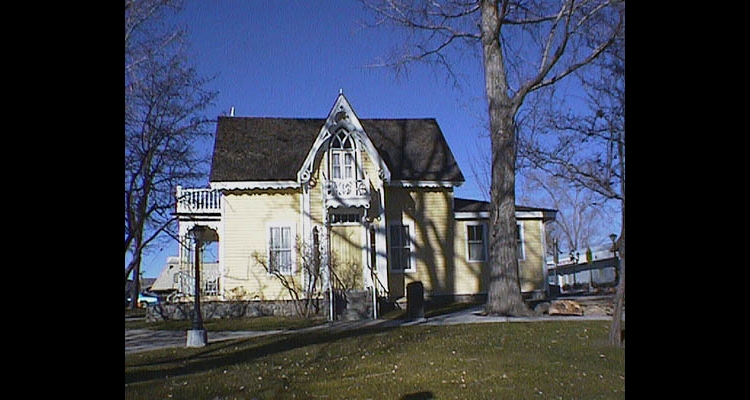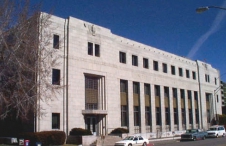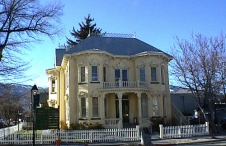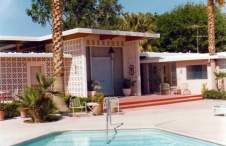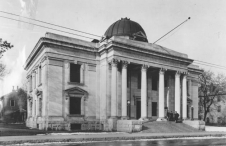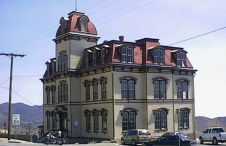Gothic Revival Style Architecture in Nevada
Gothic Revival architecture in Nevada is easily identified by its pointed window and doorway arches, and its gingerbread bargeboards along the eaves. In more elaborate manifestations, the style included tracery in the windows, pinnacles, and battlements, but these are often absent in the more humble examples in the state. While Gothic Revival began in eighteenth-century Britain, it first appeared in America in 1832 and was popularized by Alexander Jackson Davis in several plan books.
By the time Gothic Revival manifested in the American West, the style had gone through a great deal of evolution, and it was often being transmitted by the use of pattern books. The style maintained some popularity into the 1880s, lasting longer in particular in public and religious buildings.
Nevada has a few examples of Gothic Revival, but the style was not widespread. The 1859 Winters Ranch in Washoe Valley exhibits an overall Gothic Revival appearance although its interior included Egyptian Revival details. The 1863 Roberts House, originally from Washoe Valley but moved to Carson City in 1872, conforms nicely to the ideals of Gothic Revival. Other examples are scattered throughout northern Nevada, and several churches exhibit its influence.
Article Locations
Related Articles
Further Reading
None at this time.
